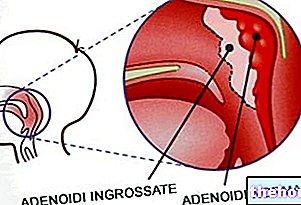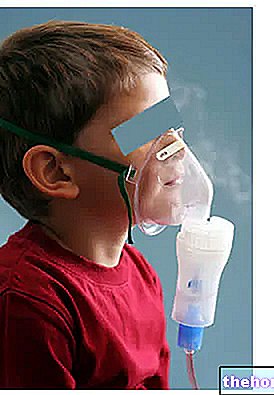If a person's lung size cannot increase, how could exercise improve cardiorespiratory function?
General Benefits of Physical Activity
Regular physical activity induces numerous and positive adaptations in the organism of those who practice it. These adaptations, in addition to increasing muscle and cardiorespiratory function, protect the body from numerous diseases. Among these, the most important are hypercholesterolemia, osteoporosis, diabetes and hypertension.

Thanks to these positive beneficial effects, many governments are encouraging the population to increase their level of physical activity, to accumulate at least thirty minutes of daily exercise for at least 4 days a week.
Benefits on Cardiorespiratory Function
Increasing your cardiorespiratory function means being able to perform physical exercises with greater ease and less energy expenditure. This adaptation is due to the greater efficiency with which the body extracts oxygen from the blood and transports it to the working muscles, where it is used to meet cellular energy demands.
Contrary to what many think, physical exercise is not able to increase the shape, volume or capacity to expand of the lungs. It follows that physical activity does not increase the vital capacity, that is the parameter that indicates the maximum amount of air that a subject is able to mobilize in a maximal respiratory act.
Therefore, when an out of shape person complains of shortness of breath during exercise does not mean that their lungs are smaller or less efficient than those of a trained person (unless specific diseases such as asthma, bronchitis or emphysema are present). .
The exercise capacity is in fact linked not so much to the absolute availability of oxygen, as to the relative one.
A trained person's heart is able to pump more blood and deliver more oxygen and nutrients to the cells. Furthermore, the various tissues, especially the muscular one, optimize their ability to extract oxygen from the blood and quickly remove the carbon dioxide that is created as a waste product.
The real limiting factor of athletic performance is therefore the amount of oxygen that our body is able to extract from the air and use for metabolic processes. This parameter, together with the respiratory ones, increases a lot in the transition from a sedentary lifestyle to an active life, then it tends to stabilize.
We are all born with the ability to increase our level of physical activity through regular exercise.
Probably one of the greatest challenges of modern society is precisely to encourage and incentivize the adoption of healthier lifestyles that include the regular practice of physical activity.




























